| Product Name | Alpha Synuclein Pre-formed Fibrils: Biotinylated (C-terminus) | |||||||||||||||||||||||||||||||||||||||||||||||||||||||||||||||||||||||||||||||||||||||||||||||||||||||||||||||||||||
| Description |
Human Recombinant Alpha Synuclein Pre-formed Fibrils: Biotinylated (C-terminus) |
|||||||||||||||||||||||||||||||||||||||||||||||||||||||||||||||||||||||||||||||||||||||||||||||||||||||||||||||||||||
| Applications | WB, SDS PAGE, In vitro Assay, In vivo Assay | |||||||||||||||||||||||||||||||||||||||||||||||||||||||||||||||||||||||||||||||||||||||||||||||||||||||||||||||||||||
| Concentration | 2 mg/ml or 5 mg/ml | |||||||||||||||||||||||||||||||||||||||||||||||||||||||||||||||||||||||||||||||||||||||||||||||||||||||||||||||||||||
| Conjugates |
C-terminal 15 amino acid tag: biotinylated
StreptavidinProperties:
Biotin
|
|||||||||||||||||||||||||||||||||||||||||||||||||||||||||||||||||||||||||||||||||||||||||||||||||||||||||||||||||||||
| R-PE (R-Phycoerythrin) | ||
| Overview: |  |
Optical Properties:
λex = 565 nm λem = 575 nm εmax = 2.0×106 Φf = 0.84 Brightness = 1.68 x 103 Laser = 488 to 561 nm Filter set = TRITC |
Properties
| Storage Buffer | PBS pH 7.4 |
| Storage Temperature | -80ºC |
| Shipping Temperature | Dry Ice. Shipping note: Product will be shipped separately from other products purchased in the same order. |
| Purification | Ion-exchange Purified |
| Cite This Product | Human Recombinant Alpha Synuclein Pre-formed Fibrils: Biotinylated (C-terminus) (StressMarq Biosciences Inc., Victoria BC CANADA, Catalog # SPR-508) |
| Certificate of Analysis | Protein certified > 95% pure via SDS-PAGE and nanodrop analysis. Low endotoxin (< 5 EU/mL) at 2 mg/mL. |
| Other Relevant Information | For best results, sonicate immediately prior to use. Refer to the Neurodegenerative Protein Handling Instructions on our website, or the product datasheet for further information. |
Biological Description
| Alternative Names | Alpha synuclein, Alpha-synuclein pre-formed fibril, Alpha synuclein protein PFF, Alpha synuclein PFF, Alpha-synuclein protein, Non-A beta component of AD amyloid protein, Non-A4 component of amyloid precursor protein, NACP protein, SNCA protein, NACP protein, PARK1 protein, SYN protein, Parkinson disease familial 1 Protein |
| Research Areas | Alzheimer's Disease, Neurodegeneration, Neuroscience, Parkinson's Disease, Synuclein, Tangles & Tau, Multiple System Atrophy |
| Swiss Prot | P37840 |
| Scientific Background | A 15 amino acid tag on the C-terminal tail of Alpha Synuclein facilitates site-specific covalent biotinylation (1). Biotinylation of purified alpha synuclein allows for many biological applications, such as monitoring and detection using streptavidin-based conjugates (1, 2, 3). Our biotinylated monomers are also used to generate pre-formed fibrils in-vitro. |
| References |
1. Fairhead & Howarth. 2015. Site-specific biotinylation of purified proteins using BirA. Methods in Molecular Biology. DOI: 1007/978-1-4939-2272-7_12 2. Hallacli et al. 2022. The Parkinson’s disease protein alpha synuclein is a modulator of Processing-bodies and mRNA stability. Cell. DOI: 10.1016/j.cell.2022.05.008 3. Li et al. 2019. Naturally occurring antibodies isolated from PD patients inhibit synuclein seeding in vitro and recognize Lewy pathology. Acta neuropathologica. DOI: 10.1007/s00401-019-01974-5. |
Product Images
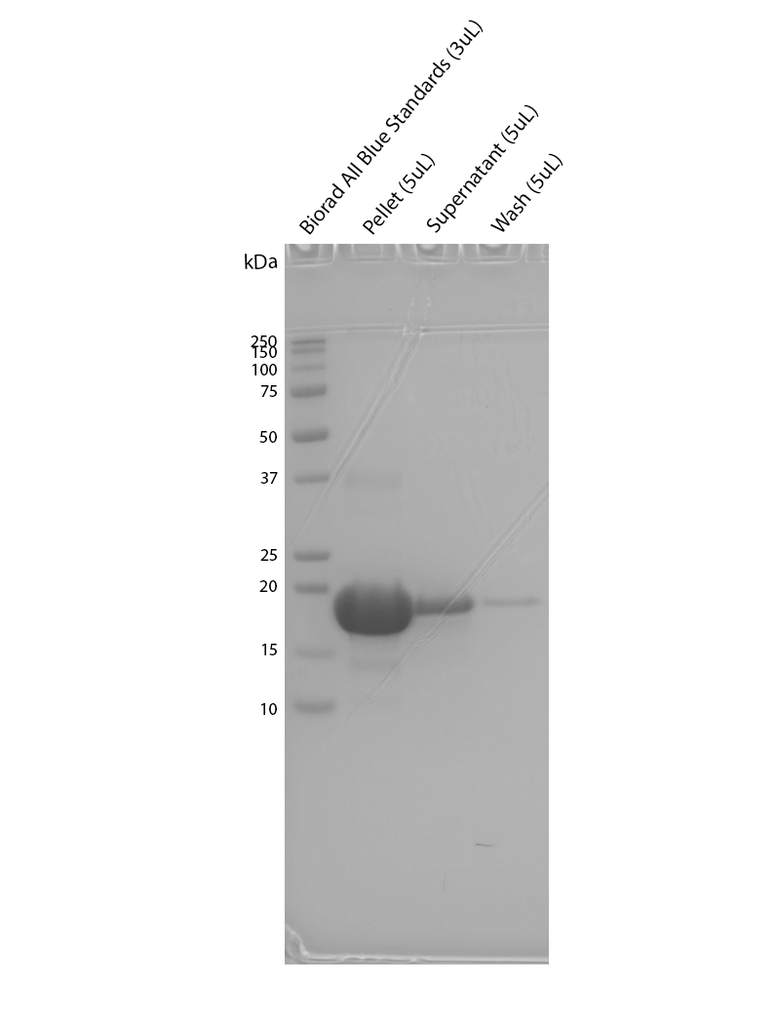
Sedimentation assay on Alpha Synuclein Pre-formed Fibrils: Biotinylated (C-Terminus). Samples were spun down at 15,000 x g, washed, and then spun down again. Fibril samples are prepared in denaturing conditions prior to running on the gel. SDS-PAGE analysis on a 12% Bis-Tris gel shows that the majority of the fibril is insoluble.
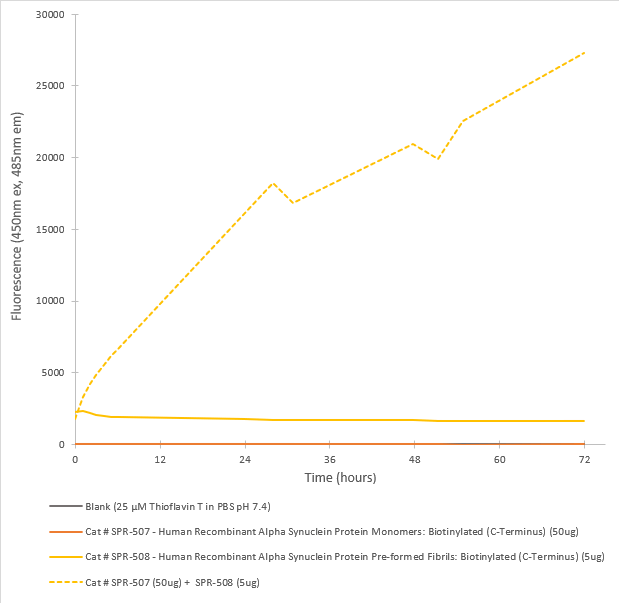
In vitro seeding activity of Alpha Synuclein Pre-formed Fibrils: Biotinylated (C-Terminus) in ThT assay. Alpha Synuclein Pre-formed Fibrils: Biotinylated (C-Terminus) (SPR-508) seed fibril formation of Alpha Synuclein Monomers: Biotinylated (C-Terminus) (SPR-507) over 72 hours. Reactions (100uL) shaken at 600 rpm in Greiner-Bio 96 Well Non-Binding Cell Culture Microplates, Black (Greiner-Bio Catalog #655900) at 37oC in the presence of 25 uM ThT and read with an XPS Microplate Reader set at 450nmex/485nmem.
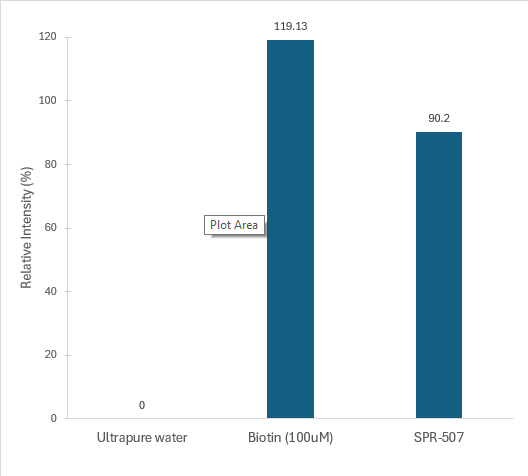
Biotinylation assay on purified Alpha Synuclein Monomers: Biotinylated (C-Terminus). The assay is performed on 123uM of alpha synuclein monomers post-biotinylation (SPR-507), with 100uM of biotin as a positive control & ultrapure water as a negative control. Absorbance is measured at 500nm, and results are converted to % of biotinylation.

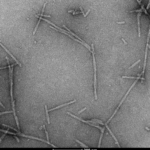
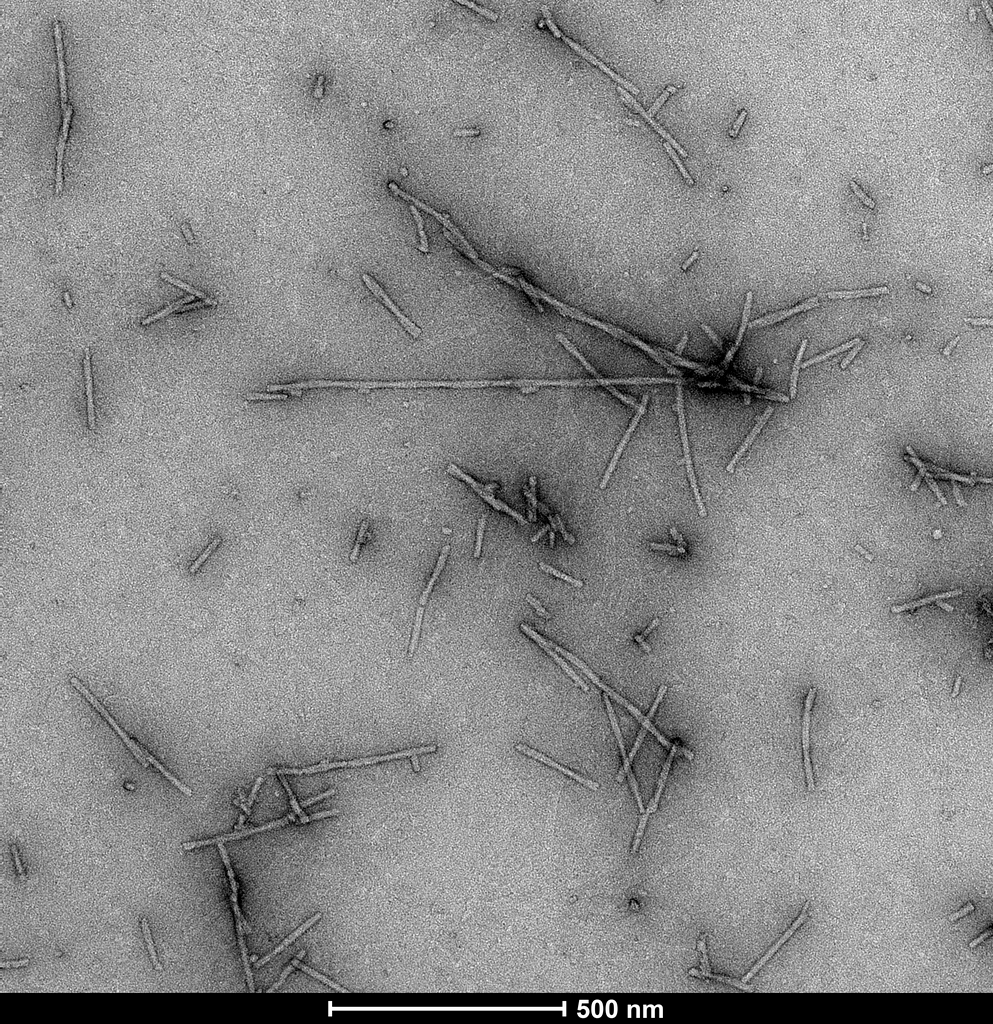
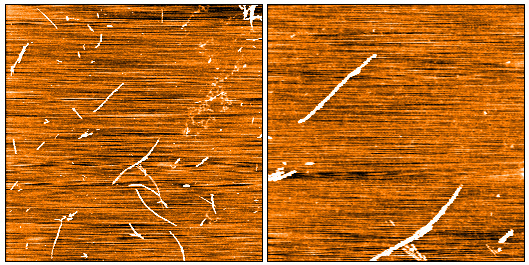
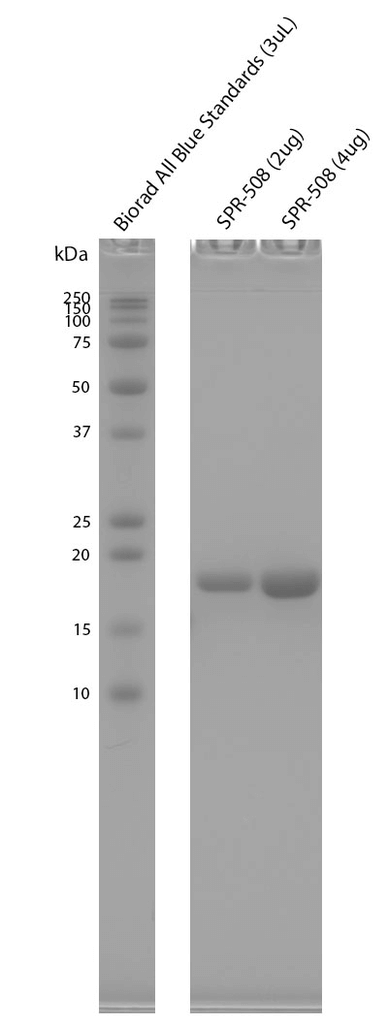



















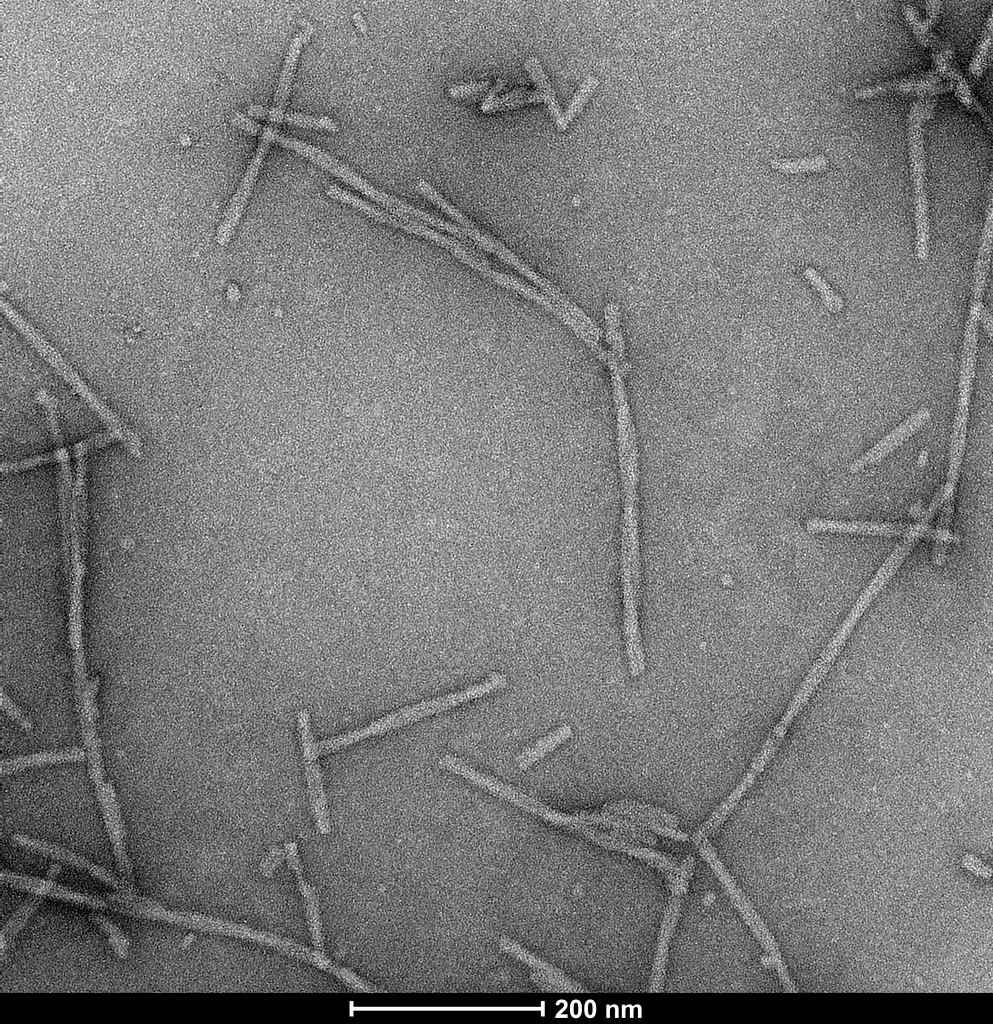
Reviews
There are no reviews yet.